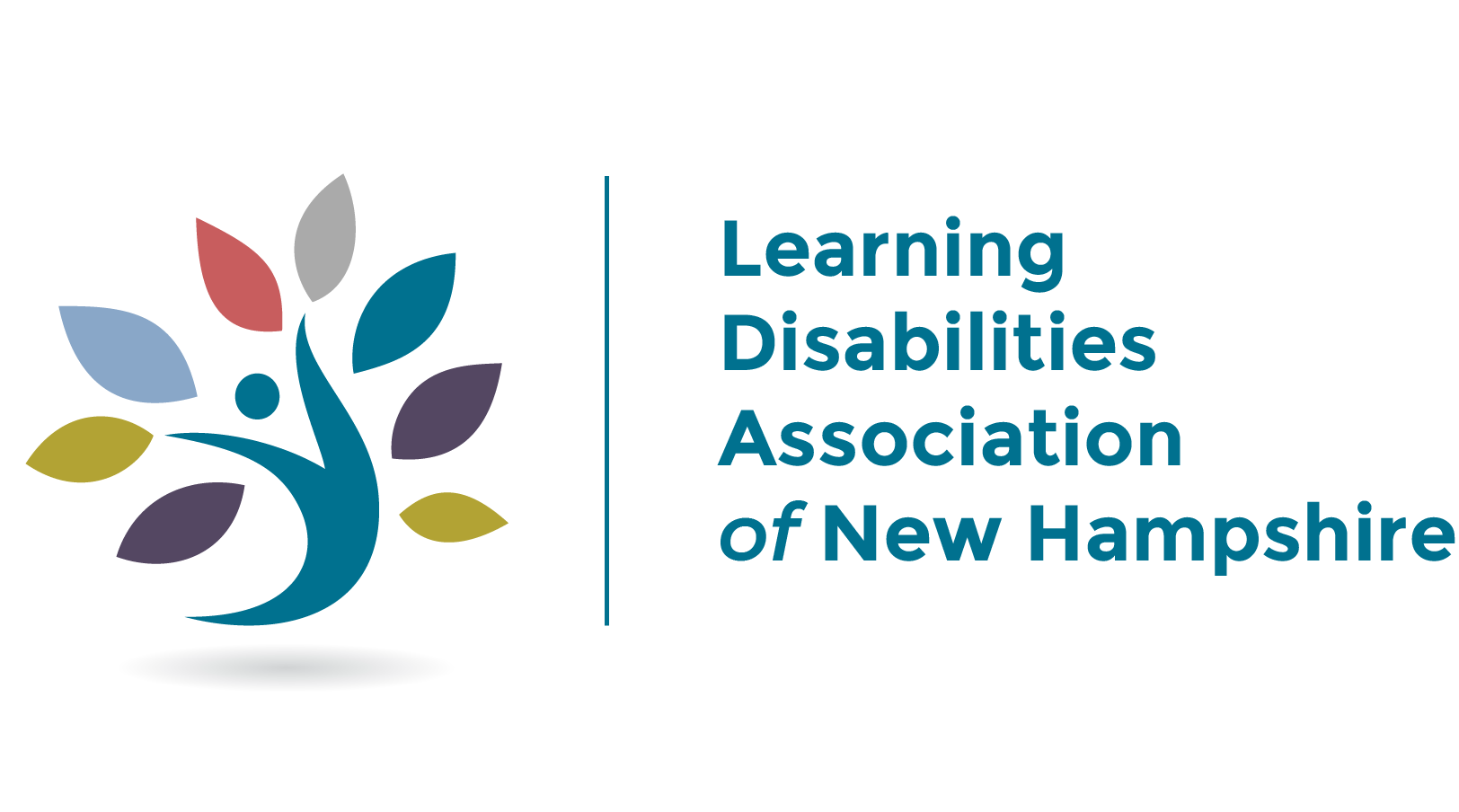Person-Centered-Planning and Person-Centered-Thinking are methodologies to help individuals, families, schools and teams engage in meaningful short and long-term planning. Both focus on facilitation skills which can be graphically recorded. The tools used are varied and have myriad uses.
By Jen Cook of J. Cook Workforce Solutions
If you’ve ever attended a cocktail or dinner party, you know that the first thing strangers ask is: What do you do? Many people experiencing learning or emotional and other diagnoses do not always have a ready answer. The better question: “Who are you?” There are a number of potential reasons. The lesser of all is the person’s diagnosis.
Why? Because many of these students just haven’t had the opportunity to develop reference points. These students might not have after school jobs or other means of meaningful community engagement due to stigma or other factors. Person-Centered-Planning (PCP) and Person-Centered-Thinking (PCT) are two means of changing this end. As readers know, actual outcomes are important.
Students, families, educators and other readers all have awareness that something is wrong but not necessarily how to address the issue. There are myriad ways to be person centered and while all have a place, there is nothing wrong with turning this planning on its axis. In fact, with the scores of teams with whom I’ve engaged in PCP/PCT, none have expressed regret. Conversely, the process created new and more challenging inquiries, increased engagement and helped define sense of purpose. One of the worst things I’ve experienced is a student and their family sighing that they have “wasted another year”.
Person-Centered anything is all about facilitation skills. While there are specific forms, one can create novel tools on demand and for any specific situation. This can result in challenges for schools and other service providers who need to follow metrics and other formulas for outcome measurement. At the same time, the processes used for PCP and PCT can be well-aligned with school requirements as each planning process is customized. School personnel are encouraged to incorporate PCP and PCT data into IEP and 504 plans, especially vocational or secondary education planning to help get to “Yes!”.
All this said, the success of Person-Centered-Planning is also predicated on graphic recording: everyone seeing the same thing at the same time with input and consensus. This visual memory is vital to the process, no matter the level of graphics used. How many people do you know that are solely auditory learners?
Person-Centered-Planning and Person-Centered Thinking do not require one be an artist, only for the facilitator to be able to constructively facilitate and record. There are some basic graphics that are easy to do. I’ve told staff that practicing is “sanctioned doodling” such as in staff meetings. Graphic facilitation has the added benefit of increased participation and understanding for students who struggle with dyslexia and other visual and auditory processing challenges.
Person-Centered-Thinking is more prescribed in terms of tools but is no less fluid regarding process. Tool choice depends on individual circumstances and goals. I have modified one such tool regarding employment, called “Important To/Important For” that helps individuals name the differences between what is important TO them and important FOR them and, especially, what others need to know or do to aid in success.
Essentially, the important TO portion defines what feeds the soul such as relationships, financial and personal independence. Important FOR identifies those things that help a person be healthy and safe. When viewing all this through a potential employer or collegiate lens, it is crucial to consider the audience, structure responses as “I” statements and with a positive frame. (I.e., “This is my learning style. It helps me when…”).
Person Centered Planning and Person Centered Thinking tools, processes and practices can help readers, school teams, students and their family members vision and get to action in meaningful ways, assisting participants to be able to see possibility rather than barrier. The future really is someone’s oyster!
For information on PCP, look to: Pierpoint, Forrest and O’Brien.
For information on PCT, look to The Learning Institute.
About the Author:
Jen Cook, CESP, ACRE, is the President of J Cook Workforce Solutions, LLC. She puts into action her motto: “Building communities one workplace at a time”. She offers support in Job Development, Independent Case Management. She is a Trainer and Board Member Making Matters NH (makingmattersnh.org).

